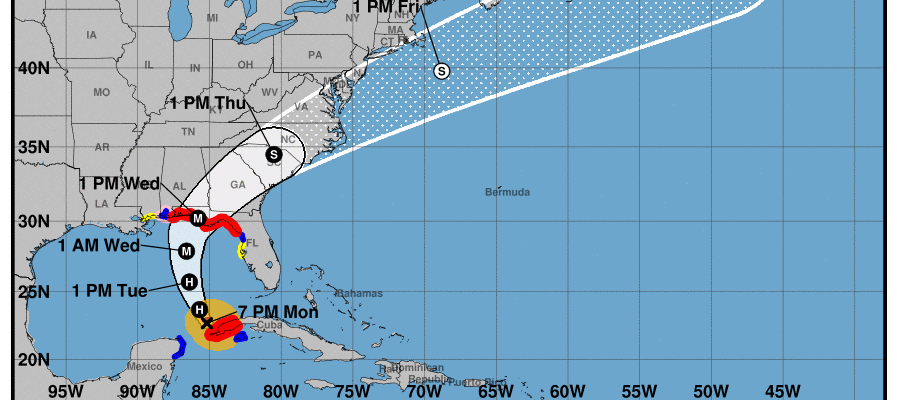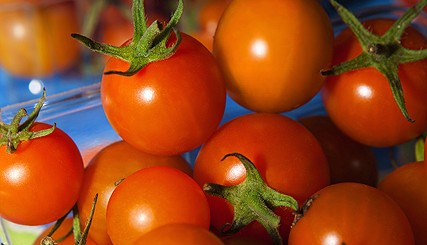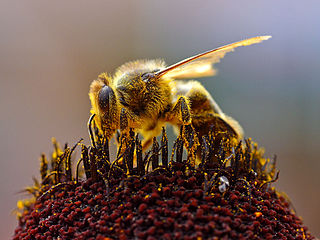Tropical weather
-

UGA Extension (Laurel L Dunn, Andre Luiz Biscaia Ribeiro da Silva) has produced a web site which describes how to handle vegetable harvest before and after a flooding event like a hurricane which may be of use to vegetable producers. Since flood water after a storm can contaminate the vegetables, producers are encouraged to harvest…
-

Here is the latest National Weather Service briefing on Michael focusing on central and north Georgia. Keep watching the forecasts from the National Hurricane Center for the latest updated information on the storm. Be safe!
Posted in: Tropical weather -

While I am traveling, I can’t provide frequent updates on Hurricane Michael, but here are some places to go and get information. As of 8 pm tonight, Michael is a category 1 storm expected to get stronger before it makes landfall, probably sometime on Wednesday afternoon on the Florida Panhandle. It is currently expected to…
-

If you have not been paying attention to the tropics this week, now is the time to start. Tropical Storm Michael has formed in the Gulf of Mexico and is expected to make landfall along the Gulf Coast Wednesday afternoon. Because of the unusually warm water in the Gulf of Mexico, it has the potential…
-

Even though Hurricane Irma hit Florida more than a year ago, agriculture is still feeling impacts from that devastating storm. Vegetable Growers News reported today that in addition to the loss of citrus farms, a number of tomato producers have also decided to call it quits after their severe losses last year. You can read…
-

While here in the Southeast we have hurricanes to deal with, in Hawaii they also have volcanoes. That sometimes also cause earthquakes. And when they erupt, it’s a whole different kind of catastrophe. Here is an interesting article from Sioux Honey on one Hawaiian beekeeper’s problems with both the volcanic eruption and the rain from…
-

USA Today reported that following the flooding from Hurricane Florence, swarms of large mosquitoes have taken over parts of North Carolina. These mosquitoes developed from dormant eggs which were reanimated by the wet conditions. The species of mosquitoes that have been seen are among the largest species, up to three times the size of other…